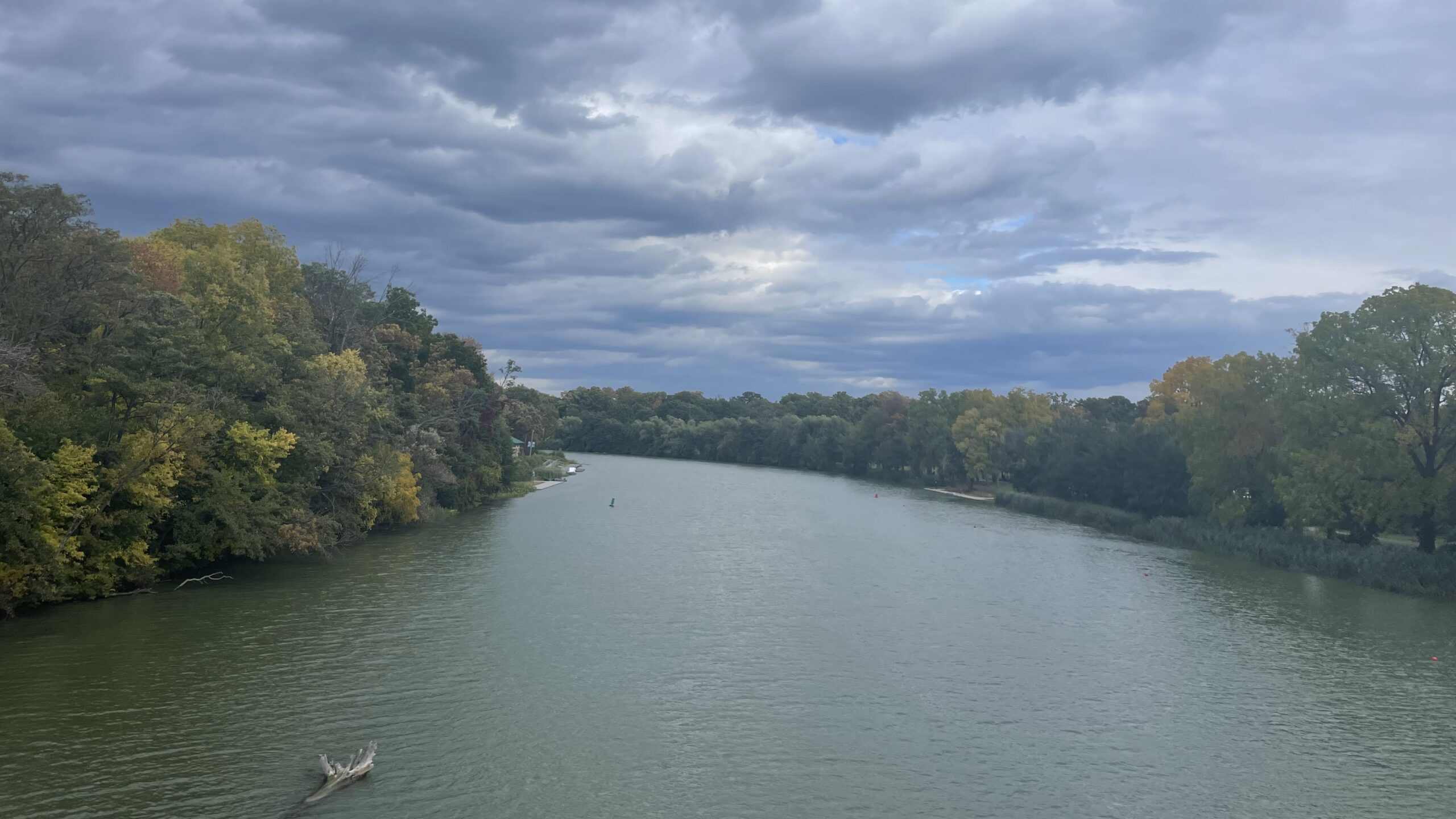Some environmental organizations in the Rochester area to check out
1. Greentopia
Greentopia is a Rochester-based sustainability non-profit whose mission is “through extraordinary ecological design, stewardship, and community advocacy, we will create resilient public realms.” Greentopia has started an EcoDistrict around High Falls that aims to take “an interconnected, holistic approach to sustainability” through its three guiding principles: equity, resilience, and climate protection. As part of their 1,000 Trees Project tree planting is a volunteer opportunity that they offer.
2. Cornell Tree Canopy Initiative
The Cornell Cooperative Extension is a non-profit organization that “puts knowledge to work in pursuit of economic vitality, ecological sustainability, and social well-being”. In particular, the Tree Canopy Initiative seeks to understand how Rochester’s tree canopy contributes to environmental and public health. This initiative recently received $10,000 in funding through the University of Rochester Environmental Health Sciences Center.
3. The Town of Brighton
The town of Brighton, located next to the city of Rochester, is looking to collect data on the trees within Town property, known as Town trees, as part of its forestry plan that seeks to manage and protect the town’s forestry. Brighton’s Town Tree Council was founded in 2002 with the specific goal of creating specific policies for the protection of trees for the government and residents. The benefits of having trees within the town of Brighton are widely acknowledged throughout the community and the National Arbor Day Foundation as a “Tree City USA” in 2003.
4. Friends of Washington Grove
Friends of Washington Grove is a local non-profit specifically focused on managing Rochester’s Washington Grove, located near Cobbs Hill Park. Its goal is to “encourage its sustainable use as an old-growth forest and foster scientific research to support the City’s management goals.” Some of its initiatives include removing invasive plants and encouraging the growth of native species. Before the pandemic, the organization hosted high school, college, and workgroup volunteers to help remove invasive species, plant native species, and conduct trail maintenance.
Written by Alyssa Horng, ‘26
Photo by Alyssa Horng

